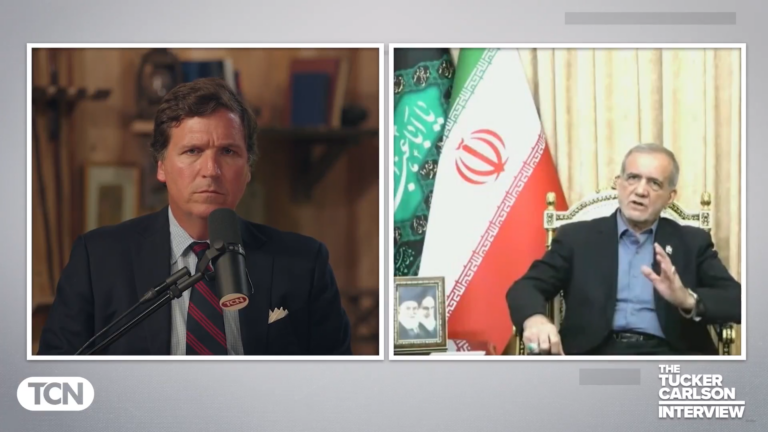 After the birth of the sport utility vehicle, minivans disappeared from many American driveways. Family sedans appear to be headed down a similar road.
After the birth of the sport utility vehicle, minivans disappeared from many American driveways. Family sedans appear to be headed down a similar road.
Passenger cars were just 37.5 percent of U.S. auto sales during the first two months of the year, according to researcher Autodata Corp. As recently as 2012, models including the Toyota Camry, Honda Accord and Ford Fusion made up a majority of industrywide deliveries, exceeding the total number of SUVs and trucks sold that year.
Americans’ snubbing of cars like never before signals more production cutbacks could be coming for the likes of General Motors, Ford and Fiat Chrysler Automobiles. The SUV and truck boom also bolsters the case automakers are making with the Trump administration — that fuel economy standards should be weakened because they’re out of step with what consumers are buying.
“This isn’t like some marketing fad; this is an evolution of the market,” Mark Wakefield, a managing director and head of the automotive practice for consultant AlixPartners, said by phone. The passenger-car share of U.S. sales could still go “a lot lower than this.”
Over the last three months, automakers have cut car production plans for this year by 3.6 percent while increasing scheduled output of light trucks by 0.5 percent. SUVs, trucks and still largely passé minivans are slated to account for about 62.5 of auto factory output this year, Wakefield said.
GM is a prime example of the production shakeup taking place in plants across North America. Late last year, the Detroit-based company cut workers and scheduled shutdowns at factories making Chevrolet Camaro sports cars, Buick regal sedans and Chevy Cruze compacts. This spring, GM will open new assembly lines at two Mexico facilities to build Chevy Equinox and GMC Terrain SUVs that used to be produced from a single plant in Canada.
“We have seen a structural shift in consumer buying behavior,” Mark LaNeve, Ford’s U.S. sales chief, told analysts and reporters on a conference call Wednesday.
For the next five to 10 years, Ford is determining whether it has enough SUV and truck capacity, LaNeve said. The company canceled a $1.6 billion factory it was building in Mexico to assemble Focus small cars in January, deciding the extra capacity wasn’t needed.
Automakers that pushed their SUV models most aggressively saw some of the biggest sales gains last month. Nissan surprised analysts by reporting a 3.7 percent increase, driven by its Rogue crossover supplanting Honda’s CR-V as the industry’s top-selling SUV for the month.
GM said deliveries climbed 4.2 percent, as the Chevy Equinox and Traverse SUV models had their best February sales ever.
Toyota, meanwhile, reported a 7.2 percent sales drop, as a strong month for RAV4, Highlander and 4Runner SUV models were more than offset by slumping demand for the Camry family car, Corolla compact and Prius hybrids.
“It’s tough to look at the numbers when you’re down double digits,” LaNeve said of his company’s car-sales decline. He pointed to weak results for Toyota — which he called “a very strong car brand” — and said “these numbers are not exclusive to Ford.”
Big discounts still weren’t enough to drive showroom traffic for sedans. Nissan advertised more than $5,000 off its bread-and-butter Altima sedan in some markets, and sales of the model still fell more than 6 percent in February.
The passenger-car slump has contributed to swelling inventory across the industry. Automakers have been building vehicles in anticipation of meeting or exceeding last year’s record 17.55 million vehicles sold, and some dealers have been forced to rent extra lot space to store unsold stock.
The industry sales pace slowed last month to a seasonally adjusted annualized rate of about 17.6 million light vehicles, from 17.7 million a year earlier, according to researcher Autodata Corp. Through February, deliveries have slipped 1.4 percent in 2017 from a year earlier.
Cheap gasoline has been driving consumers to heavier SUVs instead of sedans, AlixPartners’s Wakefield said. Once they try out a taller vehicle, they aren’t eager to go back.
“People like to be high up,” he said. “In a sedan, you now feel dwarfed in the canyons of crossovers and trucks. And you feel unsafe.”
The shift in sales mix has been positive for automakers because trucks and SUVs are typically more expensive and profitable than cars. But it’s also bad news for the companies charged with meeting future fuel economy targets with a heavier fleet.
Adding technology to bring down weight may not be as tough as it was a decade ago, but it still adds cost, said Eric Noble, president of The Car Lab, a consulting firm in Orange, California.
Following Donald Trump’s surprise election win, automakers quickly asked for more lenient fuel economy standards. As consumers buy bigger and often fuel-thirstier vehicles, regulators are pushing them to produce what’s not selling — lighter-weight passenger cars.
“We are committed to continued gains in fuel efficiency and carbon reduction,” the chief executive officers of 18 automakers, including GM, Ford and Fiat Chrysler, wrote in a letter to Trump last month. “At the same time, ignoring consumer preferences and market realities will drive up costs for buyers and threaten future production levels.”
(c) 2017, Bloomberg · David Welch, Keith Naughton










3 Responses
Keep the fuel standards and let the automakers figure out how to meet them. No need to give the Arabs more gas oney just because people want bigger cars. In any case, many of the SUVs are very small, smaller than large sedans.
Rebbe Yid,
You are totally right.
Honda Cr-V is often considered an SUV but is way smaller than Honda’s Accord.
Actually the size of the crossover (SUV) is a big pro in SUV over sedan. True the CR-V is smaller than the accords but that’s only in length from bumper to bumper, interior volume is much greater in the CR-V, leg, head, and hip room are almost identical but the CR-V has more than double the cargo space 37 cu ft the accord has only 15 cu ft. The shorter the vehicle the better, it’s much easier to find a parking spot for it and easier to park. The accord is about 13″ longer, what a waste of space. Gas mileage is only slightly better in the accord not enough to complain about and it’s well worth the extra $200-$300 a year in gas. The CR-V weighs less than 200lb more than the accord, only 1 mpg less city than accord, but has more air drag making it drop 4 mpg highway. SUV’s are much more practical, more comfortable, roomier, better visibility etc, it’s a no brainier to opt for a crossover over a sedan.